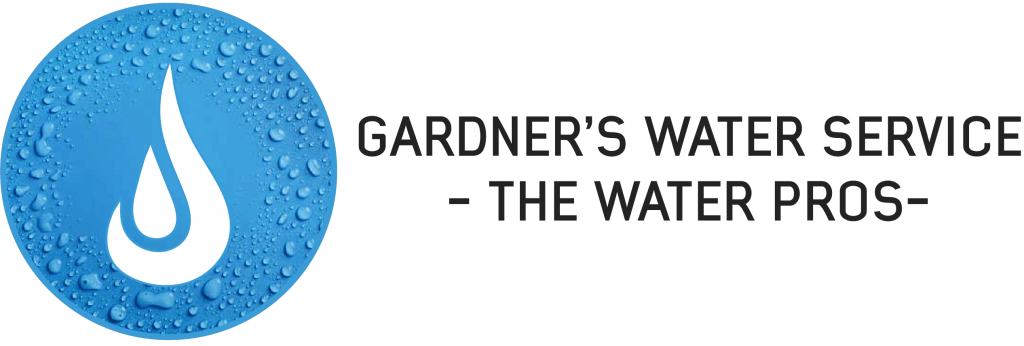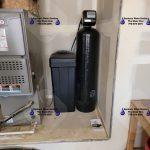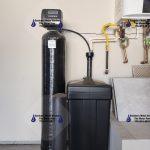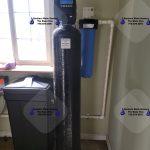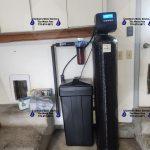- Home
- / Pages
Water Softeners
Water Softeners
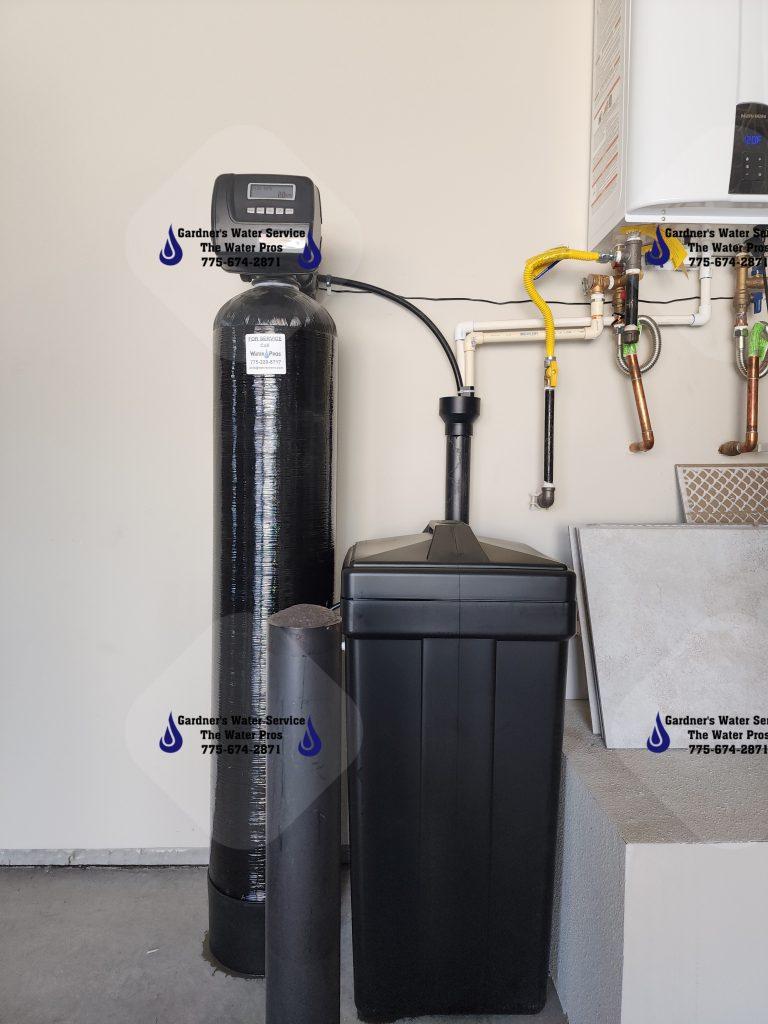
How do all those number affect you? Hard water causes two problems:
1. Dissolved calcium and magnesium precipitate out of hard water as scale, which builds up on the insides of pipes, water heaters, tea kettles, coffee makers and industrial machinery. Scale reduces flow through pipes and is a poor conductor of heat. Eventually, pipes can become completely clogged.
2. Hard water reduces soap’s ability to lather, whether in the shower, sink, dishwasher or washing machine, and reacts with soap to form a sticky scum.
You can combat hard water in various ways, including filtering it by distillation or reverse osmosis, adding a packaged chemical softener such as powdered borax or washing soda (sodium carbonate), or running it through a water softener.
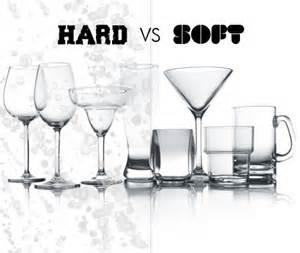
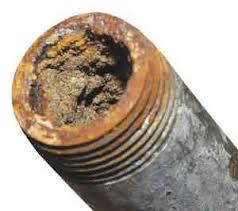
The ion replacement takes place within a tank full of small polystyrene beads, also known as resin or zeolite. The negatively charged beads are bonded to positively charged sodium ions. As the water flows past the beads, the sodium ions swap places with the calcium and magnesium ions, which carry a stronger positive charge.
Water softeners operate on a simple principle: Calcium and magnesium ions in the water switch places with more desirable ions, usually sodium. The exchange eliminates both of the problems of hard water because sodium doesn’t precipitate out in pipes or react badly with soap. The amount of sodium this process adds to your water is quite small — less than 12.5 milligrams per 8-ounce (237-milliliter) glass, well below the standard set by the Food and Drug Administration for “very low sodium” [sources: Shep, U.S. Food and Drug Administration]. If you have health concerns, discuss them with your doctor, or consider either using a different kind of softener or only softening wash water.
The ion replacement takes place within a tank full of small polystyrene beads, also known as resin or zeolite. The negatively charged beads are bonded to positively charged sodium ions. As the water flows past the beads, the sodium ions swap places with the calcium and magnesium ions, which carry a stronger positive charge.
Most home water softeners use the plastic bead and salt approach. The main difference between them is how they decide when to regenerate. Some softeners use electric timers that flush and recharge based on a regular schedule. Others use a computer that judges bead depletion based on water use. Still others use a mechanical water meter to measure water use and kick on the recharging process only when sodium exhaustion requires it. Each approach comes with its share of pros and cons. Electronic timer units can’t dispense soft water while recharging. Conversely, some computerized systems carry a reserve resin capacity, so you can tap them for a squirt or two of soft water even during recharge cycles. Most flexible of all are mechanical systems, which come equipped with two mineral tanks. One tank can make soft water while the other recharges.

